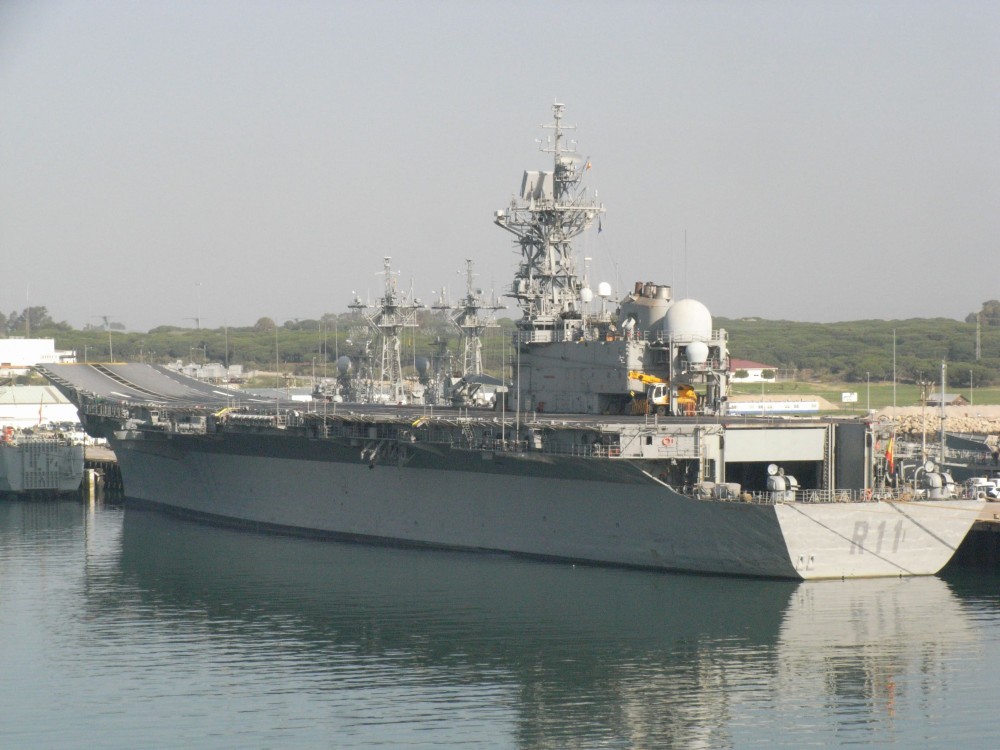European investment in maritime safety: background and results

The last few years have seen a sizeable increase in European investment in maritime safety projects. Let’s look at some of the hard figures lying behind this trend, while also stressing the need to keep up our guard.
The European Union has over 57,000 Km of external borders; each day about 12,000 vessels of varying sizes navigate its waters. The economic picture is equally big: nearly 35% of inter-EU trade and 90% of external trade goes by sea. Making sure all this trade is conducted safely is therefore vital. Furthermore, the sheer size of the EU and the high number of its daily transactions make it a tempting target for all sorts of illegal activities, ranging from unlawful freight traffic through people trafficking, irregular immigration, piracy and poaching to dumping of polluting substances. All these activities need to be controlled and kept in check. Accidents caused by human or mechanical error or weather episodes also need to be factored into the picture, all calling for further intervention.
ifferent authorities in each country are working away to guarantee this safety and security. In Spain alone there are the Guardia Civil, Salvamento Marítimo (Maritime Rescue), the Spanish Navy and the Agencia Tributaria (Taxation Authority). Each of these agencies has different remits and responsibilities, not always easy to separate off from each other. Coordinating their work and exchanging information between them is therefore crucial in guaranteeing the success of their daily operations and transactions.
GMV, as an innovation and technology powerhouse, is heavily involved in many projects, collaborating with these authorities to guarantee maritime safety and coming up with solutions at various levels.
The first level is gleaning information on what is currently happening out there, taking in such factors as the prevailing meteorological parameters, the real-time position of important assets and other salient factors that help us to weigh up the overall situation correctly. To obtain all this information, sensors of different types are used. Position sensors, for example, include collaborative sensors like AIS, which receive the position sent by ships, as well as others like optronic sensors and radars that obtain this reading directly without the vessel’s collaboration. These sensors are usually fitted along the coast in strategic and protected positions but may also be deployed in satellites or airborne resources; GMV’s huge experience in this field enables it to make major contributions here.
At the second level a key role is played by collaboration. All the agencies, both at national and international level, have by now cottoned on to the fact that the only way of combatting all these problems is by working together, sharing between them all the information from their own sensors. This is where standard-defining and information-exchanging networks like EUROSUR, MARSUR and CISE come into their own. GMV has been working with all these networks from the word go.
This glut of information would be useless without the third level, containing all efficient information-storage and -mining technology. We have long left behind the days when an operator had to rake through this data bit by bit on his or her computer screen. Today’s volume of data rules out this seat-of-the-pants method completely. The solutions appearing at this level are based on technology like Big Data, artificial intelligence and machine learning, enabling information from different sources to be pooled and showing a neater summary without overlaps. They also allow for automatic data analysis, flagging up abnormal patterns and behavior to trip an early alarm and rapid, coordinated response by threat-solving resources.
We should not forget here that the baddies in this picture also make their own R&D outlays. This means that new threats are always cropping to thwart the good guys, so the prevention work needs to be ongoing. European agencies are quite aware of this situation and they are all jointly working away to solve the situation. We at GMV will continue to work along these lines, doing our bit to improve maritime safety.
Author: David Merino Delgado.